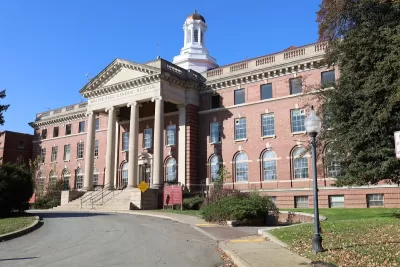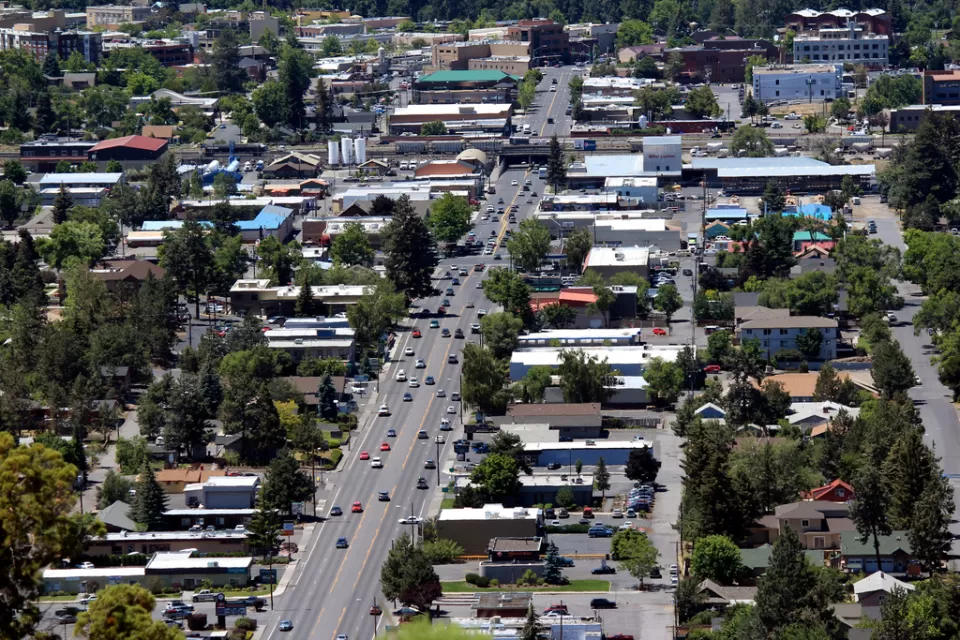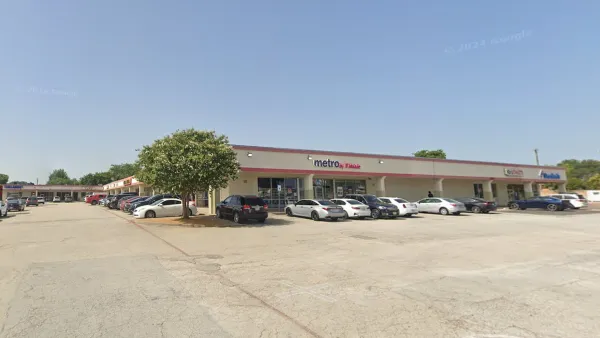The fortress-like underground structure posed unique challenges to engineers redeveloping a former U.S. Army complex.

A Washington, D.C. adaptive reuse project is making creative use of a six-decade-old underground parking garage, reports Andy Peters for CoStar.
The Parks at Walter Reed development is a 67-acre redevelopment project transforming the former Walter Reed Army Hospital property now being developed by Hines, Urban Atlantic, Triden Development Group and Bridge Investment Group. According to Peters, “The Parks at Walter Reed developers decided to convert the existing Army-built garage as a way to limit the project's carbon emissions. One way to limit carbon is to renovate existing structures rather than build new, a process that often requires pouring thousands of cubic yards of new concrete.”
However, the garage was built differently than most, likely designed and reinforced to withstand a military air attack. “The designers later discovered that the U.S. Army Corps of Engineers left behind only threadbare information about the garage’s building specs. Blueprints that were located were missing pages and some pages were mangled and illegible.” The developers used 3D laser scanning to scan the entire structure for accurate measurements, and engineers discovered a slew of irregularities.
To date, “About 70% of the residential segment of the project is complete and includes condos, apartments, townhouses, senior housing, assisted living and coliving units, according to a Hines spokeswoman.” The garage is now operational and can accommodate 840 vehicles.
FULL STORY: Parking, under fire in many US cities, posed a different problem for architects on Washington, DC, project

Maui's Vacation Rental Debate Turns Ugly
Verbal attacks, misinformation campaigns and fistfights plague a high-stakes debate to convert thousands of vacation rentals into long-term housing.

Planetizen Federal Action Tracker
A weekly monitor of how Trump’s orders and actions are impacting planners and planning in America.

Chicago’s Ghost Rails
Just beneath the surface of the modern city lie the remnants of its expansive early 20th-century streetcar system.

Bend, Oregon Zoning Reforms Prioritize Small-Scale Housing
The city altered its zoning code to allow multi-family housing and eliminated parking mandates citywide.

Amtrak Cutting Jobs, Funding to High-Speed Rail
The agency plans to cut 10 percent of its workforce and has confirmed it will not fund new high-speed rail projects.

LA Denies Basic Services to Unhoused Residents
The city has repeatedly failed to respond to requests for trash pickup at encampment sites, and eliminated a program that provided mobile showers and toilets.
Urban Design for Planners 1: Software Tools
This six-course series explores essential urban design concepts using open source software and equips planners with the tools they need to participate fully in the urban design process.
Planning for Universal Design
Learn the tools for implementing Universal Design in planning regulations.
planning NEXT
Appalachian Highlands Housing Partners
Mpact (founded as Rail~Volution)
City of Camden Redevelopment Agency
City of Astoria
City of Portland
City of Laramie





























